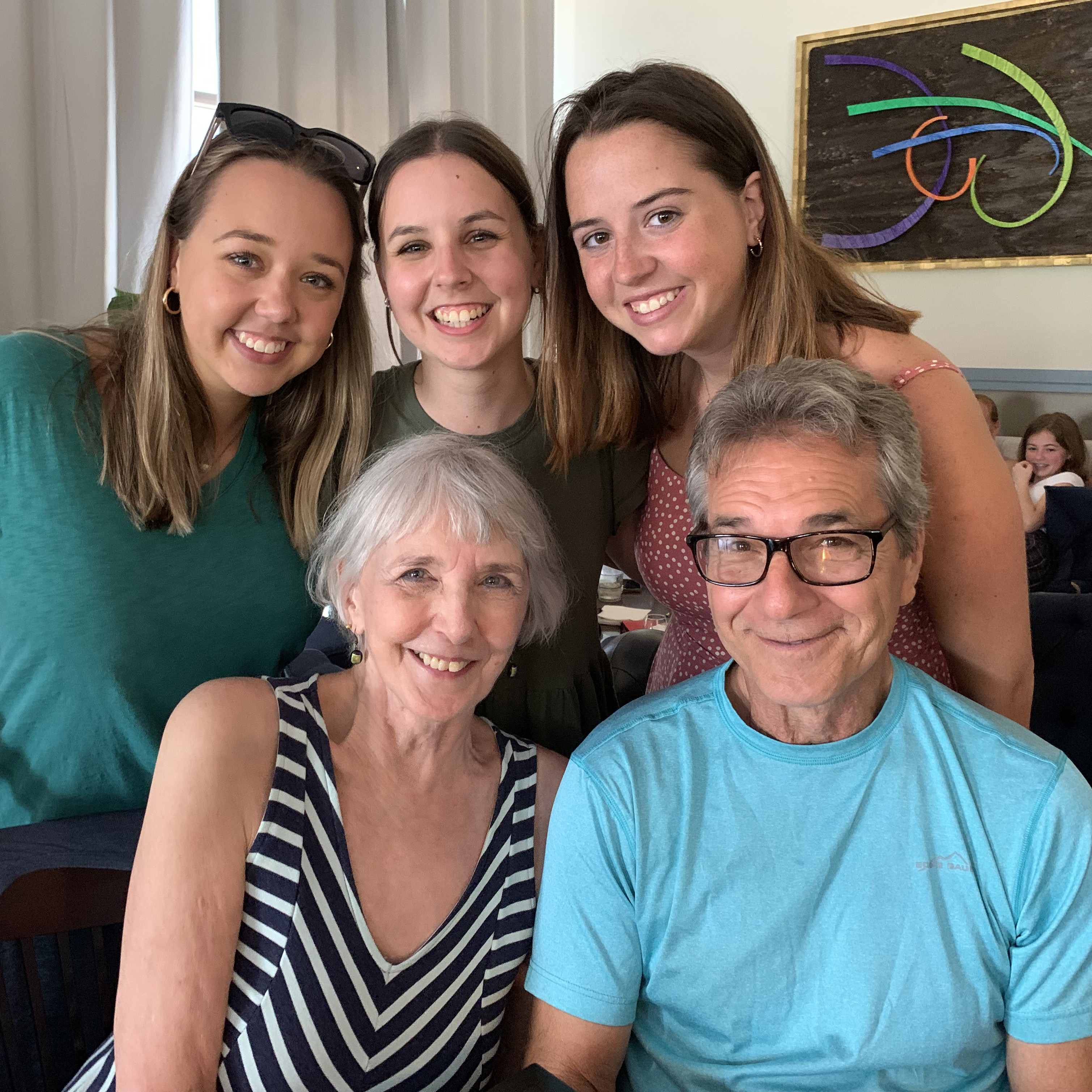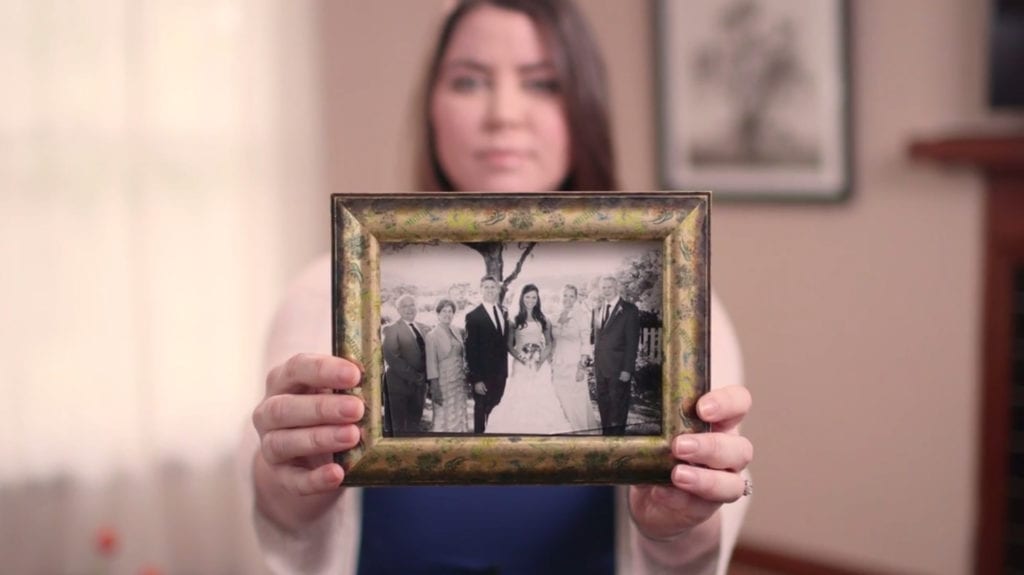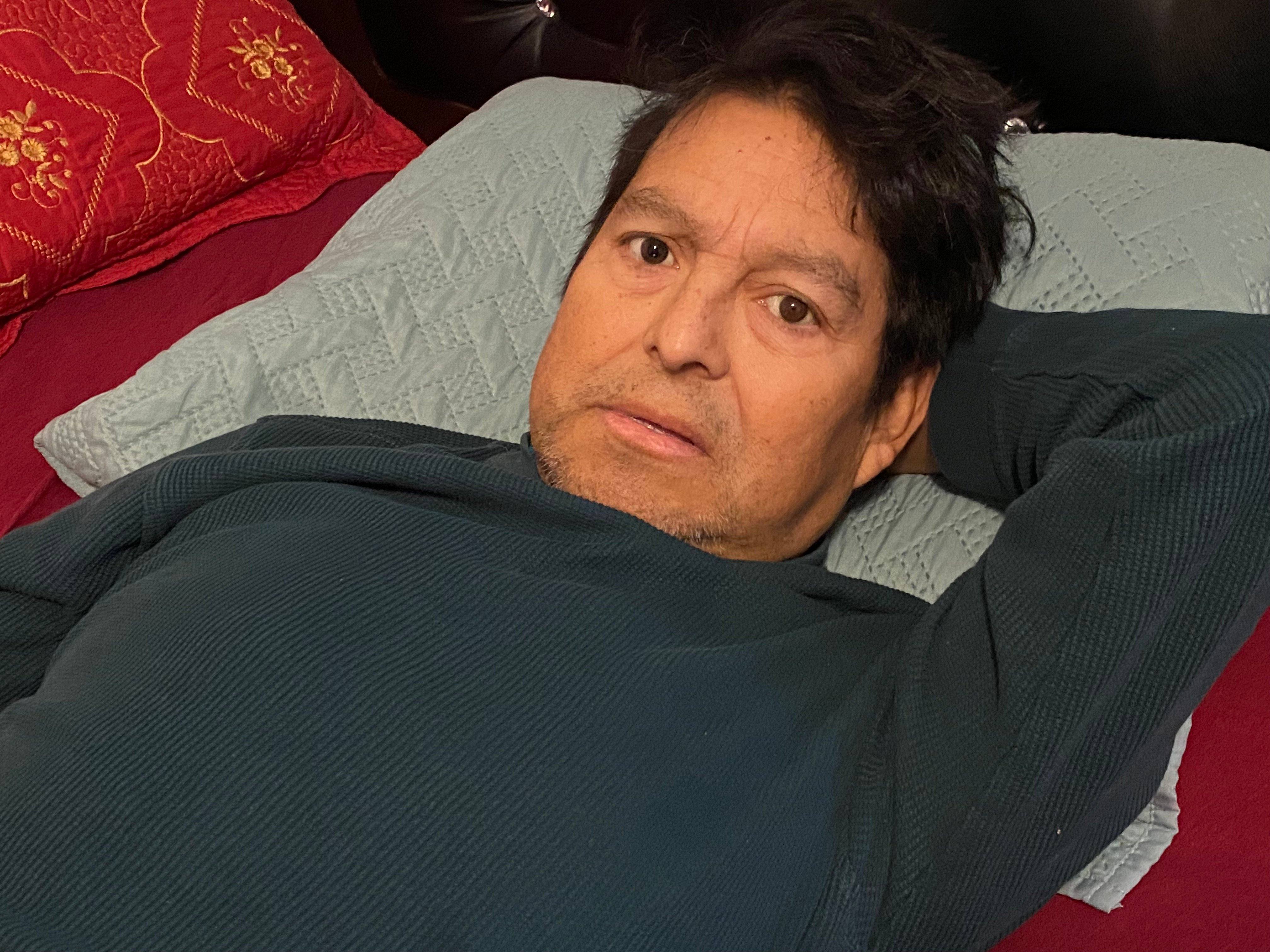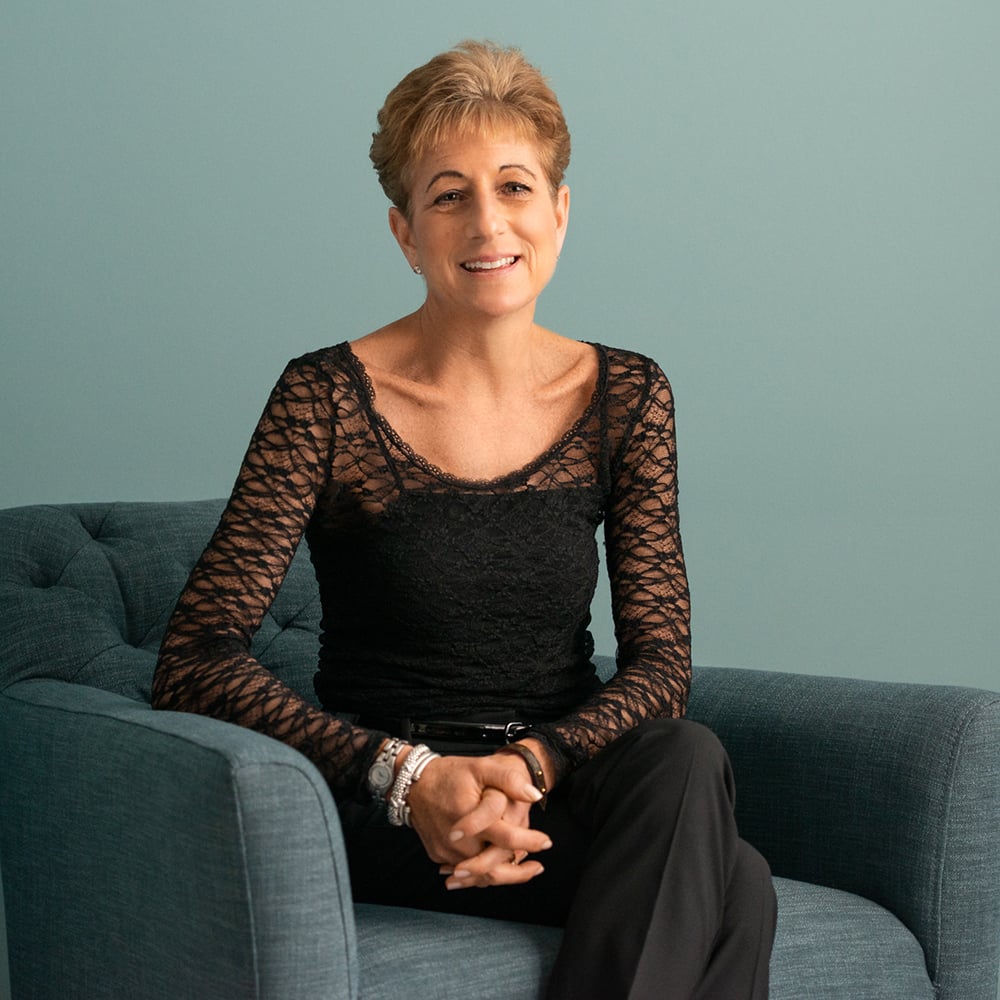Janina shared her story in May of 2023.
The thing about emphysema is it’s a progressive disease, and there is no cure. That reality took some getting used to, but I finally accepted it as my life. And thanks to palliative care and a relatively new treatment I call my “Christmas miracle,” I at least have a life I can live.
For decades I was a journalist, writer and editor for weekly newspapers in the Boston area and then, after moving to Florida in 1990, for local magazines and organizations here in Naples. Acting was always a passionate avocation for me, so within a year of my move I became involved with The Naples Players community theater group. As in most theaters, actresses tend to outnumber available roles, and by 2000 I was hungry for more opportunities. I happened to be reading biographies of famous women at the time, and as I read, I kept thinking, “What a story! Someone ought to do a play about this woman.” Finally the realization sunk in: “Well, Janina, you are a writer.”
When I read Galileo’s Daughter, Dava Sobel’s biography of Galileo’s oldest child, I knew I’d found my subject. I developed a one-woman show called Most Affectionate Daughter, received a grant from the United Arts Council of Collier County for five performances, and things took off from there. I ended up developing 12 hour-long presentations on such trailblazing women as Catherine de Medici, Amelia Earhart and Florida’s own Marjory Stoneman Douglas. Gradually, the acting took over my writing, and by 2005 or so, it was my primary occupation.
I continued this extremely rewarding career for the next 15 years. During this time, I would have periods of breathlessness, but my doctors chalked it up to asthma and prescribed me a rescue inhaler.
Following a mild case of pneumonia in the summer of 2016, my husband and I took a long-planned cross-Canada train trip in September. The weather was chillier than expected, and about midway through I caught a cold. Suddenly I couldn’t walk across our hotel room without running out of breath. I twice visited a clinic in Canada where a doctor suggested I didn’t just have asthma but likely also some form of COPD (an umbrella term for chronic lung diseases). When I returned home my doctor referred me to a pulmonologist, who diagnosed me with emphysema. Tests showed my lung function was 33% of normal.
Over time my condition worsened. By the spring of 2020, I did not have enough breath to continue performing. The lower lobe of my left lung was slowly hyper-inflating, impacting the rest of my body as it started pushing on other organs. By 2022 I had developed terrible constipation, struggled to sleep and needed oxygen 24/7. I lost close to 20 pounds because I had so little room in my stomach. I also lost all muscle tone, as I could no longer exercise every day. I went from going on a river cruise in December 2021 to being unable to walk across a room without oxygen; even then, I needed to sit down right away. Because our condo is on the second floor, I almost never left the house.
One of the last things I held onto was baking, which I love. But eventually I couldn’t even do that anymore. By late 2022, my lung function had deteriorated to about 23%.
I met with an attorney to finalize my financial and end-of-life plans. I began giving away my possessions, and my pulmonologist agreed to give me a DNR. I had supported Compassion & Choices intermittently during the years, believing in their mission. Now I turned to its website for guidance on preparing for the end.
In constant discomfort and anxiety, I was dejected over how small my life had become. At my annual check-up in the fall of 2022, I enumerated all of this to my primary care provider. When she suggested she refer me to palliative care, I was shocked. I’d always thought palliative care was only for hospice patients, and I knew from my pulmonologist that I was not yet terminal; I likely still had more than six months to live. I also thought palliative care was about pain relief, and I wasn’t in any pain.
My provider explained that actually, palliative care is open to anyone dealing with a life-limiting or terminal illness, can be used concurrently with other treatments and deals with much more than physical pain. It turned out to be a godsend.
I first met with an advanced registered nurse practitioner (ARNP), who took my vitals and history and explained how the program worked. She was knowledgeable and empathetic. She recommended daily Miralax for my constipation; within two days it had made a huge difference. To help with my sleep issues, she suggested melatonin. For my anxiety, she prescribed alprazolam. These treatments substantially improved my state of being. The ARNP then set me up with home visits with a social worker and a spiritual advisor. Sometimes, all you need is someone to talk with. That proved the case for me. These two team members helped me restore my perspective and my will to go on. My loving, supportive husband was included in as many of these discussions as he and I wanted.
I will always carry in my heart the folks in palliative care and how much they helped me when I desperately needed it. Because palliative care is covered by Medicare, I got the type of care that I often put off during my self-employed years, and it didn’t cost me a dime.
I wasn’t with palliative care for very long. In December 2022, I became the first patient at NCH Hospital in Naples to have endobronchial valves placed in my lung. The one-way valves essentially deflated the lower lobe of my lung (which had hyperinflated 300%) and allowed me to breathe deeply again for the first time in months.
Along with the palliative care I received, this procedure — my Christmas miracle gift — changed my life. I’m baking at least twice a week now. I just made chocolate chip cupcakes with chocolate ganache, a honey buttermilk cake with strawberries and peaches, and Polish mazurka cookies. I had given away about half my houseplants, but now I’m building that collection back up again. My husband and I just got back from a two-week vacation in Virginia, I’m going out to lunch with my friends again, my appetite is back, and I’m even up for some retail therapy now and then. We go to the theater regularly to see productions. And who knows? Maybe I’ll even make it back on stage at some point.
I think it’s so important that people dealing with serious illnesses be aware of the good that palliative care can do for them. It is not “giving up.” For me, it was the start of getting my life back.






